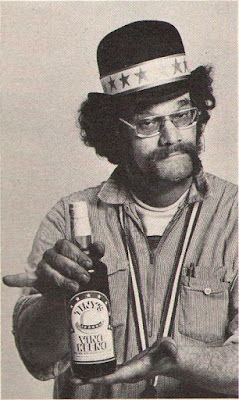Patriotic Babies, Battleships and Biplanes
In the 1930s, patriotic and military elements started to appear in many Japanese textile designs. Children marching with flags, weapons, helmets and puppies are common in pieces around this time. But a few things make this boy’s kimono special. The upper and lower sections of the piece likely came from two different garments. Let’s start with the upper portion, which is more interesting.
(Incidentally, we recently learned that a piece with similar elements was pictured in a 2015 Hyperallergic article by John Yau.)
It likely dates from 1937, the year Japan invaded Manchuria. One clue is the presence of the lyrics to a song titled “Aikuni koshinkyoku, or “Patriot March,” which won a nationwide competition that year. The battleship pictured could be the Haruna, which was deployed in both WW1 and WW2. Or perhaps it’s the Ise whose service life was not quite so long but was still around in 1937. As for the airplane, it looks a lot like the Aichi “Susie” D1A2 used in China in 1937. Not sure what the camera and canteen symbolize – the spirit of exploration, perhaps? But speaking of the camera, could that be a Voigtlander Bessa?
The lower half of the garment might have been made later. Since the lower parts of a kimono tend to have a shorter lifespan than the upper, it’s common to replace them in the spirit of mottainai. The images here appear more anodyne: samurai helmets, feathers, doves. But the dove is the divine messenger of Hachiman, the god of war. Annnnd… going out on a limb here, but the four squares in the circle could be the family crest of the descendants of the Genji clan. And the barely visible three diamond crest could be that of the Hojo clan. Warriors all.
VS







Comments